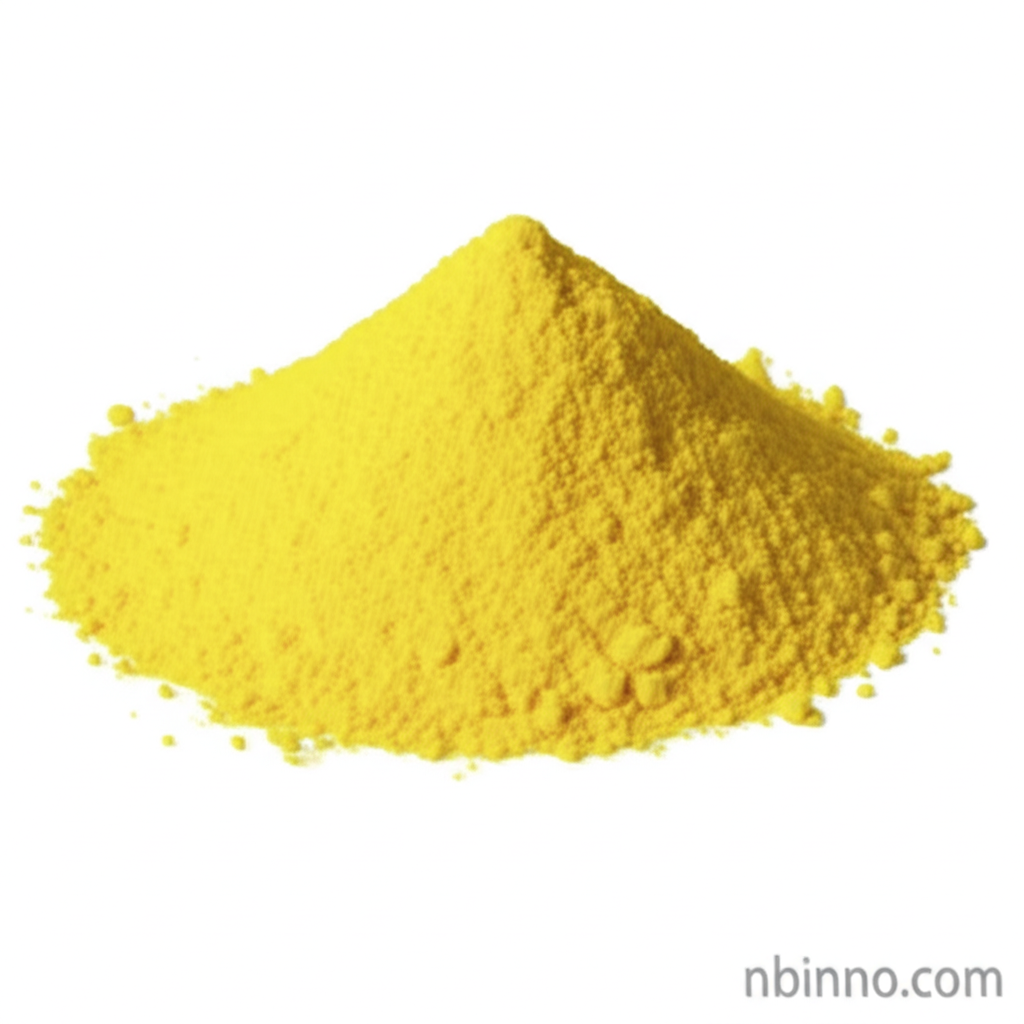Unlocking the Potential of Lead Titanium Oxide
Discover the fundamental dielectric raw material that powers advanced electronic applications.
Get a Quote & SampleProduct Core Value

Lead Titanium Oxide
Lead Titanium Oxide (CAS 12060-00-3) is a crucial inorganic compound primarily recognized for its role as a basic dielectric raw material in various electronic and ceramic applications. Its unique chemical composition and physical properties make it an indispensable component in the formulation of advanced materials.
- Explore the fundamental dielectric raw material properties of Lead Titanium Oxide (CAS 12060-00-3) for your advanced electronic applications.
- Understand the chemical name and molecular formula (O3PbTi) of this essential titanate compound.
- Learn about the key characteristics, including its yellow powder appearance and insolubility in water, which define its suitability for specific industrial uses.
- Discover the advantages of using Lead Titanium Oxide in electronic ceramics and other specialized manufacturing processes.
Key Advantages
Enhanced Dielectric Performance
Leverage the excellent dielectric properties of Lead Titanium Oxide to improve the performance of your electronic components. Its use as a basic dielectric raw material is fundamental to achieving desired electrical characteristics.
Material Purity and Consistency
Ensure reliable results with high-purity Lead Titanium Oxide powder. Its consistent quality is vital for successful synthesis and application in demanding fields like electronic ceramics.
Versatile Chemical Properties
Benefit from the specific chemical properties, such as insolubility in water, that make this titanate compound ideal for specialized industrial processes and formulations.
Key Applications
Dielectric Formulations
As a basic dielectric raw material, Lead Titanium Oxide is essential for creating advanced dielectric materials used in capacitors, sensors, and other electronic devices.
Electronic Ceramics
Its properties make it a valuable component in the production of various electronic ceramic components, contributing to their functional performance.
Specialty Chemical Synthesis
Used as an intermediate or component in the synthesis of other specialized chemicals, particularly within the field of inorganic compounds.
Research and Development
Ideal for R&D purposes, enabling scientists and engineers to explore and develop new materials with specific dielectric and electronic properties.
